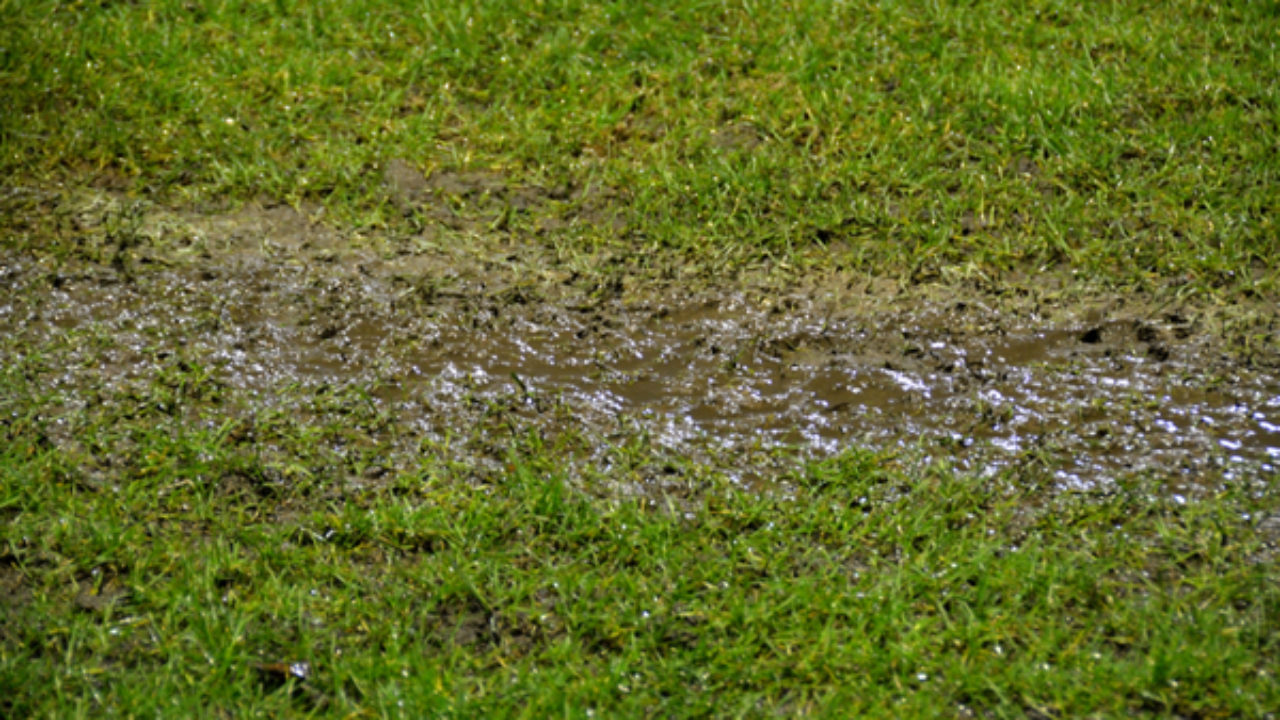Exposing Secret Water Line Leaks: Six Proven Detection Tips
Exposing Secret Water Line Leaks: Six Proven Detection Tips
Blog Article
In this article below you can locate lots of really good information involving Locating water leaks.

Early discovery of leaking water lines can mitigate a possible catastrophe. Some little water leakages might not be visible.
1. Examine the Water Meter
Every house has a water meter. Examining it is a surefire manner in which aids you find leakages. For starters, turn off all the water resources. Make certain nobody will certainly flush, utilize the faucet, shower, run the washing equipment or dish washer. From there, go to the meter and watch if it will certainly change. Because nobody is utilizing it, there ought to be no movements. If it relocates, that indicates a fast-moving leak. Furthermore, if you spot no changes, wait an hour or 2 and check back once more. This indicates you may have a sluggish leakage that could also be below ground.
2. Examine Water Consumption
Assess your water costs and also track your water consumption. As the one paying it, you need to notice if there are any inconsistencies. If you find sudden changes, regardless of your intake being the same, it implies that you have leaks in your plumbing system. Keep in mind, your water costs should fall under the very same variety monthly. An abrupt spike in your bill suggests a fast-moving leakage.
On the other hand, a steady rise on a monthly basis, despite the exact same behaviors, reveals you have a sluggish leakage that's also gradually intensifying. Call a plumber to extensively examine your residential or commercial property, particularly if you really feel a warm area on your floor with piping below.
3. Do a Food Coloring Test
When it comes to water intake, 30% comes from toilets. If the color somehow infiltrates your bowl during that time without flushing, there's a leakage in between the tank and also bowl.
4. Asses Exterior Lines
Do not fail to remember to examine your outdoor water lines too. Test faucets by connecting a yard tube. Ought to water permeate out of the connection, you have a loose rubber gasket. Change this and also guarantee all connections are limited. If you've got a lawn sprinkler, it will certainly aid get it professionally checked out as well as maintained each year. One tiny leak can throw away tons of water as well as increase your water costs.
5. Check and also Evaluate the Scenario
Home owners need to make it a practice to examine under the sink counters and also even inside cabinets for any bad odor or mold development. These 2 warnings indicate a leakage so prompt focus is required. Doing routine inspections, even bi-annually, can conserve you from a significant issue.
Examine for stainings as well as weakening as a lot of home appliances and also pipes have a life expectancy. If you believe dripping water lines in your plumbing system, don't wait for it to rise.
Early detection of dripping water lines can mitigate a potential calamity. Some small water leaks might not be noticeable. Checking it is a guaranteed method that assists you uncover leaks. One little leak can lose bunches of water as well as spike your water expense.
If you presume leaking water lines in your plumbing system, do not wait for it to intensify.
WARNING SIGNS OF WATER LEAKAGE BEHIND THE WALL
PERSISTENT MUSTY ODORS
As water slowly drips from a leaky pipe inside the wall, flooring and sheetrock stay damp and develop an odor similar to wet cardboard. It generates a musty smell that can help you find hidden leaks.
MOLD IN UNUSUAL AREAS
Mold usually grows in wet areas like kitchens, baths and laundry rooms. If you spot the stuff on walls or baseboards in other rooms of the house, it’s a good indicator of undetected water leaks.
STAINS THAT GROW
When mold thrives around a leaky pipe, it sometimes takes hold on the inside surface of the affected wall. A growing stain on otherwise clean sheetrock is often your sign of a hidden plumbing problem.
PEELING OR BUBBLING WALLPAPER / PAINT
This clue is easy to miss in rooms that don’t get much use. When you see wallpaper separating along seams or paint bubbling or flaking off the wall, blame sheetrock that stays wet because of an undetected leak.
BUCKLED CEILINGS AND STAINED FLOORS
If ceilings or floors in bathrooms, kitchens or laundry areas develop structural problems, don’t rule out constant damp inside the walls. Wet sheetrock can affect adjacent framing, flooring and ceilings.
https://www.servicemasterbyzaba.com/blog/how-to-detect-water-leakage-in-walls/

As an avid reader about Detecting hidden plumbing leaks, I figured sharing that excerpt was sensible. Loved our blog posting? Please share it. Let other people find it. Thanks so much for taking the time to read it.
This Resource Report this page